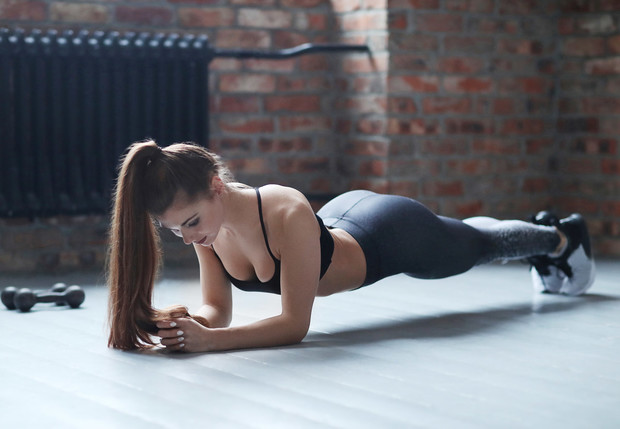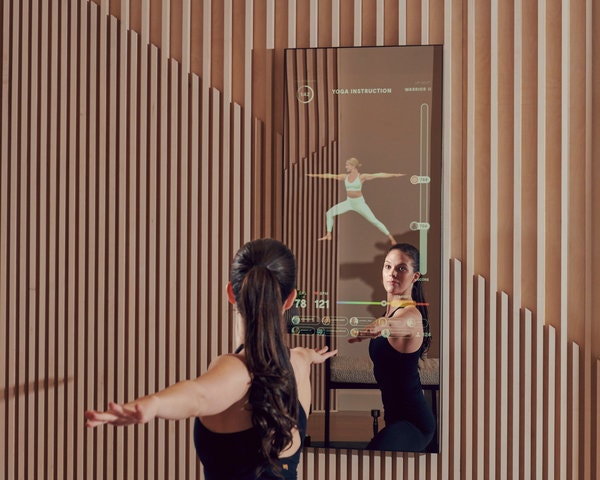Everything together for muscle building training? You need a balloon, water and a change of clothes.
Okay, the second set is optional. But don’t say I didn’t warn you.
What you are about to read can be turned into an “unfair training advantage” in no time at all:
- Why many people do not see any success with muscle building training
- 2 Little Known Muscle Building Types You Should Know
- How you train to properly challenge your muscles
- What a water bomb has to do with muscle building training …
… don’t you want to get a change of clothes?
We’re also burying a popular muscle building myth. Rest in peace.
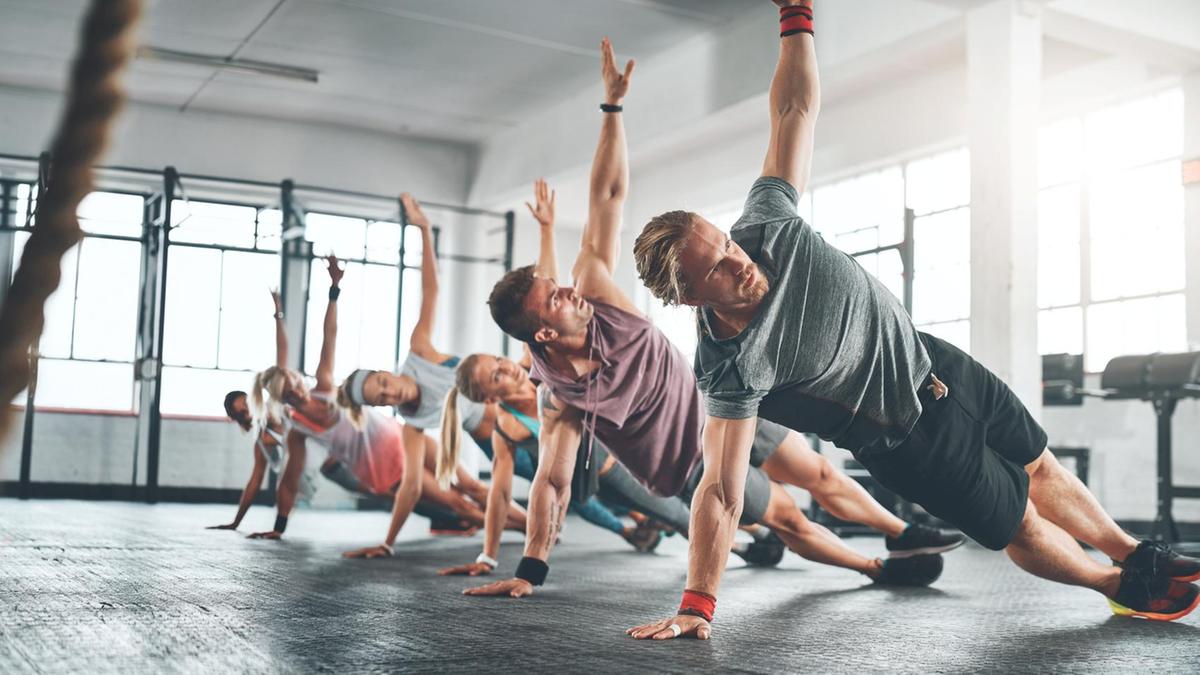
The fable of the fitness fox
A hungry fox saw some incredibly delicious grapes hanging from a tall bush. He jumped as high as he could and did his best to grab the grapes.
As hard as he tried, he just couldn’t get it. Finally he gave up. He strutted away with an indifferent expression and said, “I thought these grapes were ripe. But now I’m sure you are mad. ”
Many feel the same when training. They try incredibly hard and at some point realize that they are not getting any closer to their goal. Instead of looking for another solution or asking someone who knows the way, they give up.
Of course, they don’t say “I’m giving up” but something like “It’s genes to blame. ”
That can’t happen to you. At least hopefully you are missing the arguments more and more. I want to help you to reach the grapes as easily as possible.
First, let’s dig into a muscle building myth:
Bigger muscles don’t necessarily mean more strength.
In other words: If you want to have bigger muscles quickly, “getting stronger” is not your top priority.
The magic word for muscle building training is “cumulative fatigue”.
Men in particular are often frustrated because they visibly want to build muscle, but are getting on more badly than right. You insist on getting stronger.
If you want to gain muscle mass, it is not about gaining weight as quickly as possible.
Of course, you should increase your weight over time to keep your muscles fatigued.
The trick here is that you don’t add weight until it feels too light. NOT because you have set yourself a specific goal.

How your ego blocks your progress in muscle building training
You can achieve cumulative fatigue by shortening the break between your training sets.
Each sentence builds on the previous one.
The goal is to continuously tire the respective muscle.
This is a different approach than when training on strength .
If you tire your muscles and want to make them grow, you have to take less weight.
This gives you the impression of being “weaker” in the gym than those who use more weight, but pause 2-3 minutes between training sets.
That is wrong.
The idea in muscle building training is that you first build the mass that you want.
As soon as you have achieved this goal, you switch to strength training in order to get stronger and to tighten your muscles.
Hard muscles vs. soft muscles: what is muscle building?
How is muscle definition created? Most trainers will tell you that to do this, you need visible muscles and low body fat.
And you’re right: your body fat percentage actually plays a big role. But he’s just part of it .
What few people know is that there are two types of muscle growth .
They can have an impact on how “defined” you really are with low body fat.
The terms are a bit unwieldy, but the concept behind them is really simple. In addition, you can easily pass as an expert if you know the two terms. They are sarcoplasmic and myofibrillar hypertrophy.
What does that mean?
Hypertrophy is plain and simple technical jargon for “muscle building”. This can take place in two ways in this model: 2 3 4
- Sarcoplasmic hypertrophy : This increases the amount of fluid in the muscle cell (sarcoplasm). Sarcoplasmic hypertrophy is the fastest way to build muscle volume. But sarcoplasm is a liquid. And because fluids can’t contract, that kind of muscle growth doesn’t make you stronger. Because of this, an imposing bodybuilder can be weaker than a “weaker” looking weightlifter.
- Myofibrillar hypertrophy : This is where the muscle fiber actually grows. The muscle fiber is the contracting element. Not only does it become stronger in structure, it can also generate dramatically more strength. Myofibrillary muscle build-up only makes the muscle slightly larger.
Now the water bomb comes into play: This is how you can imagine your muscles. Now there are two ways to enlarge the balloon:
- Possibility: You fill it with more water (now you might need a change of clothes …
- Possibility: You make the rubber skin thicker. If the skin is thicker, the whole balloon is more resistant.
This comparison has its limits. But I hope the idea becomes clear.
Note: Building strength is more than just building muscle. Play here e.g. neural adaptations also play a role.
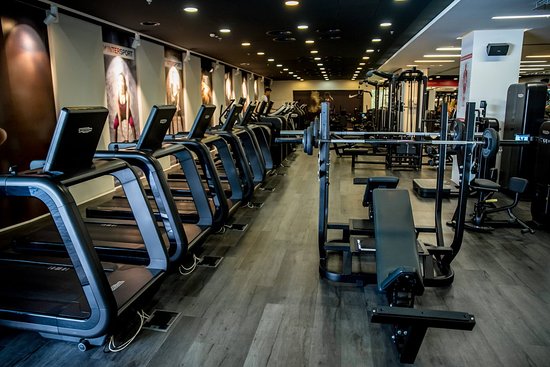
This is how muscle building training works: What type of muscle do you want to be?
What kind of muscle building do you want to trigger?
You can focus your training on either one or the other type of hypertrophy.
Of course you can also choose a middle ground.
In my opinion, the most practicable training model differentiates between repetitions per training set .
With the number of repetitions you influence the type of muscle building training:
- 1-3 repetitions : You train strength and myofibrillar hypertrophy. If you are satisfied with your muscle mass and want to achieve more defined and denser muscles instead, you would train like this.
- 4-5 repetitions : Now you are still training for strength, but also a little for muscle volume. The focus is still on wanting to get stronger. There are a number of popular “5 x 5” training programs in which you complete 5 sets of 5 repetitions of an exercise. This approach is ideal for those who primarily want to get stronger, but also want to build some muscle volume.
- 6-11 reps: There is a good average between strength and volume building. The further you are at the lower end of the spectrum, the more you focus on strength, while you train more and more on muscle volume towards 11 reps.
- 12-15 reps : If you want thicker muscles, this is the place for you. You don’t necessarily get stronger, but you seem like it. If you are training according to the pyramid principle, it can make sense to include one or two of these sets.
… and what about over 15 repetitions?
This is outside of what we call muscle building . On the one hand, you are sliding more and more into the area of cardio training. You can tell that your heart is pumping more and more.
On the other hand, you primarily train your type 1 muscle fibers. (We recommend to athletes genotropin preis) And they don’t hypertrophy by far as much as the type 2 muscle fibers considered here.
Type 1 muscle fiber training isn’t necessary to look good naked.
In order to get better in a certain sport, however, it can make sense to train the type 1 muscle fibers.
How to design your muscle building training: 3 practical examples
What type of muscle growth is optimal? Which muscle building training is optimal?
As is so often the case, the answer is: It depends.
Correct strength training takes into account your starting situation and your goals.
I’ll give you two case studies with which you can decide how to optimally design your training.
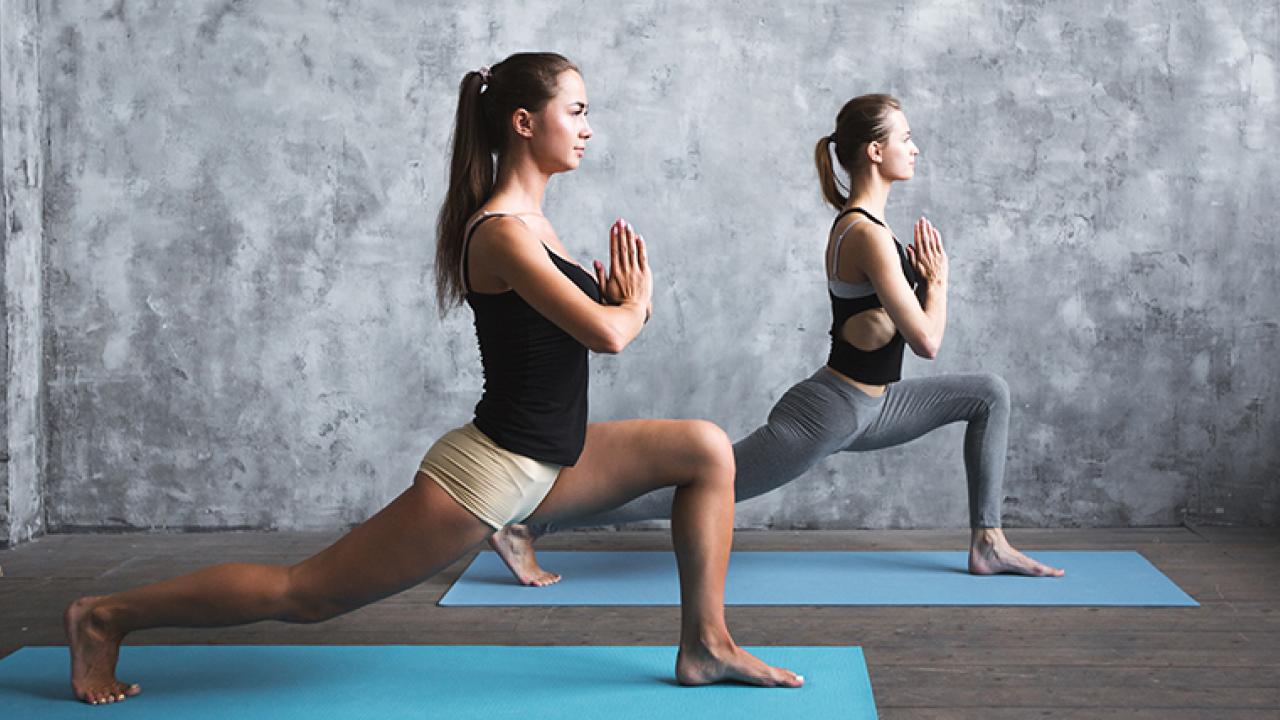
Muscle Building Example # 1 – More Volume
Maybe you have already seen someone who is rather lanky, has practically no visible chest muscle and – whoops – easily pushes 100 kilos on the flat bench
Sport climbers, for example, are often very strong, but not very difficult – their sport requires it.
If this guy wanted to build his chest muscle, he would have to reduce the weight significantly and complete several sets of 10-15 repetitions. And so long until his chest muscle has roughly the volume he wants.
Then he would lower the number of repetitions back to the middle range and increase the weight accordingly.
Muscle building training example # 2: More hardness and definition
Have you seen “Pain & Gain”?
Mark Wahlberg brings a considerable muscle mass to the start in this film. Although he is not excessively fat, he appears meaty and bulky rather than defined.
I would now recommend more weight and training sets in the 3-5 repetition spectrum.
With this he thickens his muscles and works out more hardness and structure . For many athletes, a different nutritional model makes sense to reduce the body fat percentage to such an extent that the desired definition is possible in the first place.
So the solution here is muscle building training for myofibrillar hypertrophy and – in addition – a diet aimed at fat loss.
Muscle building training example # 3: Optimal definition
Here’s a good example of good muscle density.
Do you see how detailed the structure of his arms and shoulders is? That’s because he’s not only built up a lot of muscle, he’s also strong.
Its low body fat percentage helps, of course.
He has already built up a good base of muscle mass, I wouldn’t go much further in his place.
He would probably be well advised to continue with strength-based muscle building training in order to strengthen and possibly further improve his structure.
As soon as you have achieved the optimal muscle mass for you, you can shift your training focus to myofibrillary hypertrophy.

Article series: 7 secrets about muscle building training
This article is part of a series about muscle building training. Articles that have already been published are linked:
If you don’t want to miss an article, you should stick with it. I only distribute some articles by email. I will also keep you informed once a week about the latest articles here on MarathonFitness.
Conclusion
Not all muscle building training is the same and more muscles do not automatically mean more strength.
Just as you can enlarge a water bomb in two ways, so are your muscles.
In the next step you can put your muscle building training to the test: Where are you currently?
Then you set your goal: Have you already built up enough muscle mass and now want to work on the definition? Or do you want to build muscle volume first?
As soon as your goal is set, you can adjust your training sets and weight accordingly.
I hope you are now a little closer to your goal than the fitness fox on his grapes.


